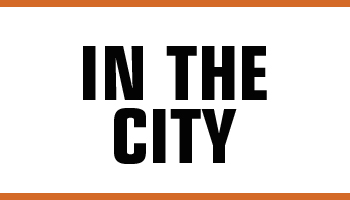Times, they are a-changing, that is for sure. One of the tasks we do every year is measure the volume of the trash we have placed in the landfill during the previous year.
We do this for a couple of reasons. First, we determine how much volume remains in our constructed landfill space, so we can plan for the future. Knowing how much space we have left and how fast we are filling it lets us know how long we have to plan for the construction of a new landfill cell. Secondly, knowing how much time is left in our current landfill cell lets us plan our finances for the future.
In the past we have used two different methods to measure volume in the landfill. Most often, a traditional survey crew had been used to perform the measurement. A few times we have used a specially equipped airplane that takes photos that are then used to measure the landfill volume. Both of these methods have been used for many years to determine the volume of landfills all over the country.
Last November, we tried a new method: mapping with a drone. Officially known as an unmanned aerial vehicle (UAV), it was small and would fit inside a brieffcase. It only needed one operator who had set some strategic control points on the ground using Global Positioning System (GPS) technology. He then flew the UAV using a joystick control attached to an electronic tablet.
The UAV had been pre-programmed to fly a very specific pattern over the landfill to ensure that the photos it was taking overlapped adequately. It mapped the entire landfill area of 60 acres in less than 13 minutes at a height of 400 feet above the ground. It could hover at eye level and not even twitch in the crosswind. Like so much other technology, the speed, accuracy and low cost are all attractive features. Using the UAV cost 40 percent less than a survey crew and 70 percent less than the airplane. To say I was impressed is an understatement.
Recently, I had the opportunity to meet with University of Maine at Presque Isle Professor Dr. Chunzeng Wang, who teaches Geographic Information System (GIS) courses, among others. Over the past 10 years, Dr. Wang has worked with local municipalities and GIS students to map everything from traffic signs and tax maps to cemeteries. This information is available at the touch of the keyboard on a computer instead of being stored in map files and filing cabinets. To see some of this technology in action, go to https://www.axisgis.com/presque_isleME/ to view property tax information.
Most of us are somewhat resistant to change, but technology is changing how we acquire and access information. And as that technology becomes more readily available, the cost will decrease and the efficiency of accessing data will increase. You may not be able to teach the old dog new tricks, but at least you can get him to say, “Wow, that is amazing.”
If you have questions about recycling or other solid waste issues, please call Public Services at 760-2712.
Dana H. Fowler, P.E., is public services director for the city of Presque Isle. He can be reached at 760-2707 or via email at dfowler@presqueisleme.us.








